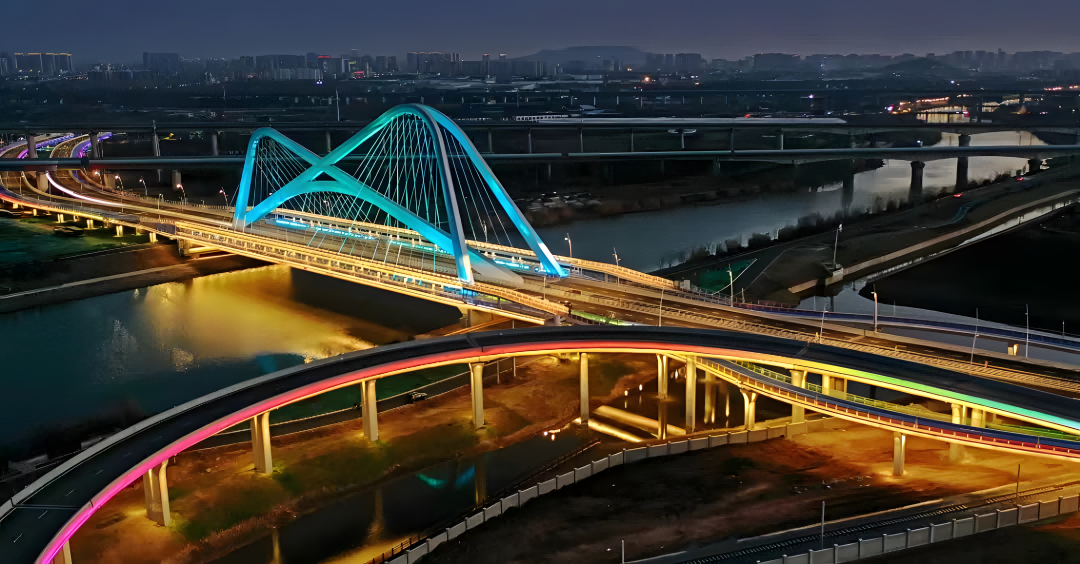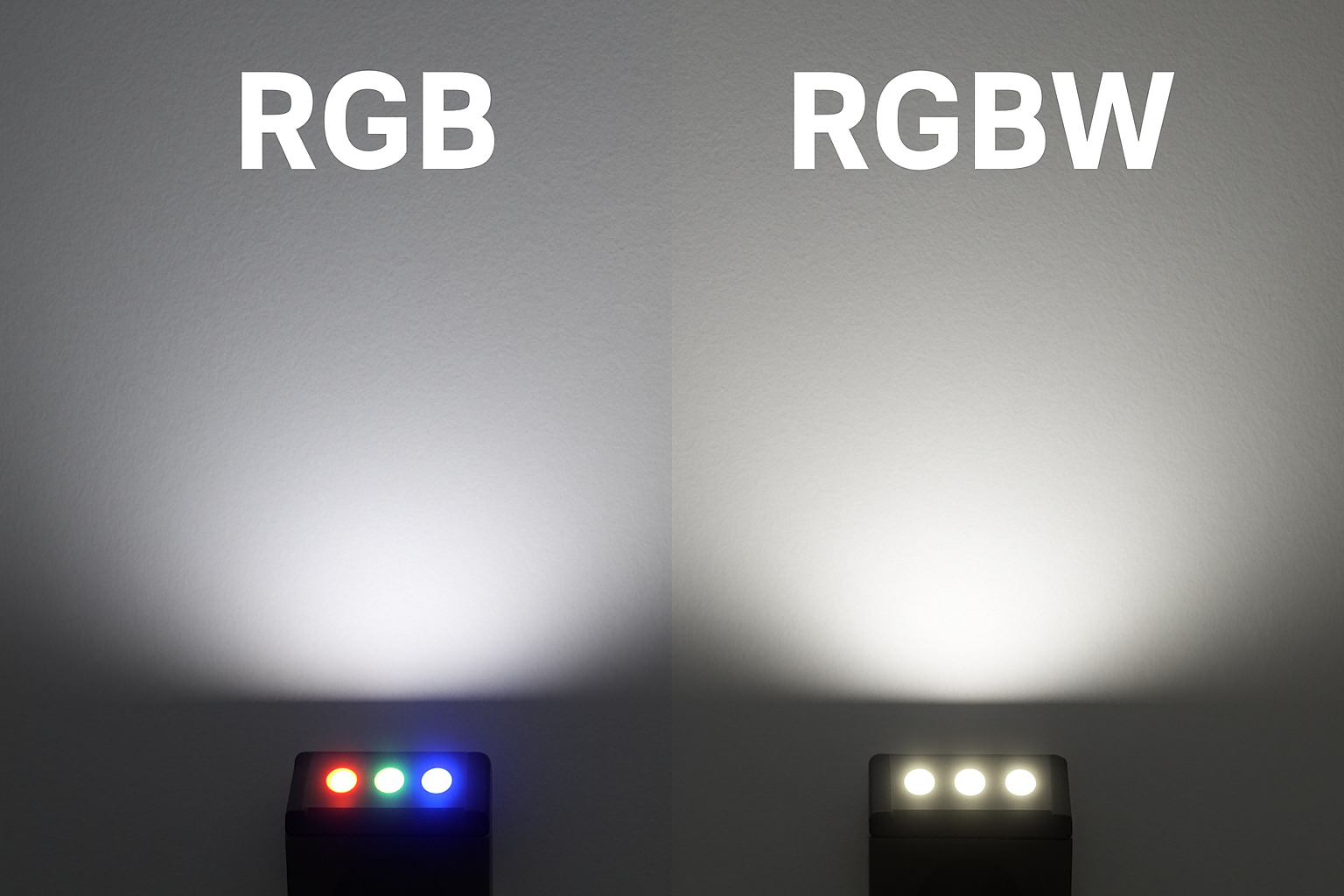
This article provides an in-depth analysis of outdoor wall washer lighting and highlights a critical installation mistake—burying the fixture too deep. Through optical principles and DIALux simulations, it introduces the “flush-with-surface” rule to eliminate dark zones and uneven light distribution. The guide emphasizes three pillars for flawless results: multidisciplinary collaboration in design, millimeter-level accuracy in construction, and professional calibration during installation. Beyond aesthetics and energy efficiency, proper installation enhances reputation and long-term performance. The article also underscores the importance of continuous maintenance and digital twin archives to ensure lasting excellence in architectural lighting projects.
READ MORE>>
2025-08-21 15:58

Strategic lighting transforms buildings into iconic night landmarks using floodlighting, contouring, and dynamic RGBW systems. Balance 2700K-5000K color temperatures with high CRI>90 for material authenticity. Modern LEDs save 60-70% energy, while DMX controls enable responsive scenes. Proven results: Beijing Daxing Airport’s phoenix-wing illumination and urban hotels achieving 35% nighttime traffic growth. LNJAMI delivers precision outdoor solutions merging art and engineering.
READ MORE>>
2025-08-12 18:30

This guide combines real-world case studies and technical insights to outline key outdoor lighting strategies for facades, parks, and bridges. It walks you through defining lighting objectives, balancing luminous flux and color temperature, and implementing glare control and fixture selection—all while emphasizing sustainability and maintenance. Integrating project data from Shanghai, Lyon, São Paulo, and more, it highlights innovative trends like bioluminescent pathways and AI-driven adaptive dimming. Designed for lighting professionals seeking a human-centered, tech-forward approach, this practical handbook shows how to create safe, emotionally resonant, and energy‑efficient urban nightscapes.
READ MORE>>
2025-07-28 17:42

Facade lighting transforms buildings into storytelling canvases that inspire, engage, and elevate urban identity. From strategic uplighting and textured wall grazing to AI-powered dynamic sequences, each lighting technique adds depth, emotion, and purpose to architectural surfaces. Thoughtfully designed facade lighting not only enhances aesthetics and brand presence, but also improves safety, reduces energy consumption through LED and solar solutions, and supports smart city integration. As the line between art and infrastructure blurs, modern facade lighting becomes a powerful medium to connect people, places, and community values—one beam at a time.
READ MORE>>
2025-07-19 09:39

This article distills ten core concepts for end-to‑end bridge lighting design, aiming to create night‑time landmarks that are simultaneously beautiful, safe, sustainable, and iconic. 1. Purpose & Context: Begin by defining your primary lighting objectives—whether functional illumination for traffic and pedestrians, safety and wayfinding, architectural highlighting, or cultural storytelling. Respect the bridge’s structural language and historical context, using carefully placed fixtures and tailored beam angles to enhance its original form rather than simply “add light.” 2. Safety & Experience: Deliver continuous, glare‑free functional lighting with appropriate color temperature and illuminance at critical points (lanes, walkways, entrances/exits). Specify high‑penetration fixtures for poor weather conditions. Embed dynamic, programmable control (e.g. via DMX/Art‑Net or data‑driven platforms) to orchestrate flowing, breathing, or themed effects, and leverage smart scheduling to dim or switch off non‑essential lighting during off‑peak hours. 3. Environment & Sustainability: Control spill light and blue‑light pollution through full‑cutoff luminaires and warm (≤3000 K) sources, adhering to IDA and local light‑pollution standards to protect the night sky and ecosystems. Specify corrosion‑resistant, high‑IP modular components to minimize maintenance and lifecycle cost. Integrate remote monitoring, fault diagnostics, and open‑standard protocols (DALI‑2, KNX, IoT) to ensure seamless future upgrades and data exchange with smart‑city platforms—maximizing both ROI and social value.
READ MORE>>
2025-07-10 14:18

Outdoor RGB and RGBW LED lighting lets you transform your space with color, mood, and precision. This guide explains the key differences between RGB and RGBW, their benefits, and how to choose the right fixtures and controllers for your facade, garden, or water feature. Whether you're looking for ambiance, security, or dynamic visuals, this article helps you light up your nights creatively and efficiently.
READ MORE>>
2025-07-02 17:20


